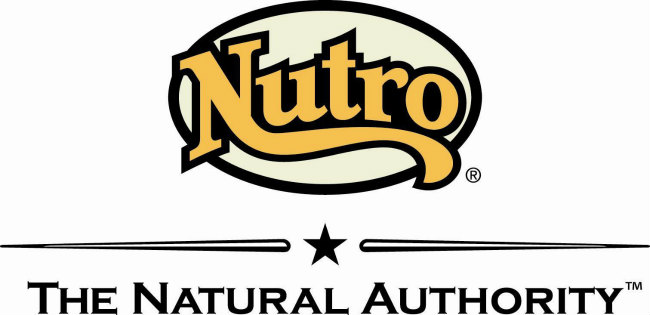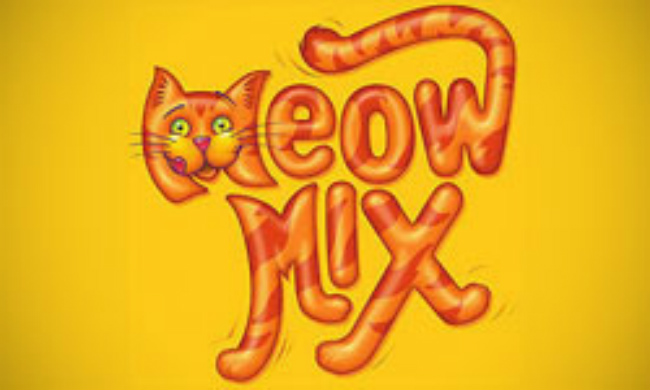Nutro ultra cat food is a product of Nutro Products, Inc., a subsidiary of Mars Incorporated. The company was originally founded by John Saleen in 1926, making this one of the first commercial pet food products in the United States. Since that time, Nutro cat food products have grown into one of the largest brands available and can be found in most grocery and pet stores.
Unfortunately, Nutro products have a mixed reputation. Perhaps the most damaging allegation occurred in 1998 when trace levels of pentobarbital were found in two separate sampling of Nutro pet food products. Pentobarbital is the chemical used to euthanize pets, raising questions about where their meat by-products are sourced. Issues continued in 2007 as Nutro was included in the deadly melamine recalls that killed thousands of pets, then again in 2008 when a flood of illnesses were reported and linked to Nutro pet foods. Additional recalls were issued in 2009.
In spite of their shaky reputation, this brand continues to be a top player in the pet food industry. Below, you’ll find our analysis of the top 10 ingredients in this food. Please let us know what you think by using the rating system above this article and leave a comment below.
List Of Ingredients In This Cat Food
Turkey Broth, Lamb, Chicken, Turkey, Lamb Liver, Chicken Liver, Potato Starch, Wheat Gluten, Pork Plasma, Salt, Natural Flavors, Sodium Phosphate, Calcium Carbonate, Guar Gum, Potassium Chloride, DL-Methionine, Taurine, Beta Carotene, Ferrous Sulfate, Vitamin E Supplement, Choline Chloride, Zinc Oxide, Thiamine Mononitrate (Vitamin B1), Copper Sulfate, Manganous Sulfate, Niacin, d-Calcium Pantothenate, Vitamin A Supplement, Vitamin D3 Supplement, Pyridoxine Hydrochloride, Riboflavin Supplement, Potassium Iodide, Vitamin B12 Supplement, Sodium Selenite, Folic Acid, Biotin.
Top 5 Ingredients Analysis
Turkey Broth
Any type of broth is mostly used as an alternative to simply using water. It adds moisture to the food and a broth helps to make the food more appetizing and tastier for your cat. This ingredient is rather void of much nutritional value, but there is no evidence to suggest there are any problems with this ingredient. It can be commonly found in many different brands of cat food.
Lamb
Lamb is a very high quality source of meat protein. Generally, this ingredient is more nutritious in canned formulas than dry formulas, but in either case, it is nice to see this ingredient listed. Unfortunately, about 80% of this ingredient is lost during the cooking process. That means, there actually isn’t much of this ingredient left once it has all been processed.
Chicken
Chicken is a very popular ingredient for pet food and in this case, they are referring to whole chicken. This is a very high quality meat source and we are pleased to see it listed. However, whole chicken loses about 80% of its content during the cooking process since the majority of whole chicken is water. After the cooking process is complete, the amount of whole chicken remaining is substantially reduced. Therefor, while whole chicken is a great source of meat protein, this ingredient alone is not enough to provide sufficient levels of meat protein in a cats diet.
Turkey
As a whole meat ingredient, turkey is a fantastic source of very healthy animal based proteins. We are extremely pleased to see this ingredient listed. Unfortunately, in dry kibbles, there is not as much of this ingredient included as you might initially think. Ingredients are listed by weight prior to the cooking process and since whole turkey is about 70% moisture, the vast majority is cooked off. So while we think this is an excellent and nutritional ingredient, it does need to be complimented by other high quality meat protein ingredients when used in dry kibbles. In wet cat foods, however, this is not nearly as much of a concern.
Lamb Liver
Lamb liver is a very high quality source of meat protein. Cats in the wild always consume the organs of their prey and in fact, the organs are one of the most nutritious parts of their kill. So while we humans might not be real excited to eat lamb liver off of our plates, cats are sure to enjoy this ingredient and will receive lots of nutrition from it as well.
Additional Ingredients Of Interest
Chicken Liver
Here is another ingredient you probably wouldn’t want to see on your own dinner plate, but most cats seem to enjoy the taste of liver. Uncooked liver, or liver in very high quantities, can actually be toxic to cats. However, in this food, it is clearly provided well within safe limits. In fact, this ingredient is a pretty high quality ingredient overall. It provides a good source of vitamins, minerals, proteins, and other nutrients your cat can benefit from.
Potato Starch
Potato starch is starch extracted from potatoes and is usually only included to assist with the consistency and texture of the food. Cats generally do not receive much nutritional value from this ingredient, although it may sometimes aid in proper digestion.
Wheat Gluten
We don’t think any grain is “good” for your cat. It doesn’t mean wheat gluten is “bad” for your cat, either, but the fact it provides almost no nutritional value makes us question the quality of the ingredient. Wheat gluten can be a decent protein source for animals with digestive systems that can break it down, but as obligate carnivores, cats are not one of those animals. Their digestive systems produce only the enzymes necessary for processing animal-based proteins. There are also some allergy risks associated with wheat gluten. In addition, too much of this in a cats diet can potentially lead to weight gain and diabetes. Unfortunately, diabetes in cats is a very serious health problem, so it is important to keep a close eye on your cats weight and diabetic risk when feeding a cat food containing ingredients like wheat gluten.
Pork Plasma
Get ready, because this ingredient might gross you out a bit. This basically consists of pork blood and blood products. They just don’t like saying that on the label. Now, as unappetizing as that sounds, animal blood and in particular, plasma, does provide some nutrition to cats and isn’t unhealthy. In fact, it may provide some benefits including assisting in digesting food properly. The nutritional advantages of plasma as an added ingredient beyond that which is naturally in meat is partly due to immunologic fractions, including IgG, similar to what is found in the colostrum in breast milk. Plasma also contains haptoglobulin, growth factors, other proteins and peptides, and transferrins. The protein fraction of plasma is highly digestible and plasma also increases digestibility of other ingredients, including fiber.
Salt
Salt is necessary for a cats body to function properly, but too much salt can be dangerous and even deadly. Usually, salt is added to pet food in order to meet AAFCO nutritional requirements. Salt, or sodium chloride, is indeed necessary so cat food that doesn’t contain enough will have a bit of it included. Salt helps your cats cells move nutrients and waste products where they need to go, and it helps his or her tummy make the right amount of acid to digest food properly. According to the Journal of Nutrition, average-sized cats need about 21 milligrams of salt per day. Many cat foods have higher concentrations than that. The National Research Council recommends no more than 42 milligrams per day. Most of the time, salt in commercial cat food products poses no danger and does have some nutritional benefit.




